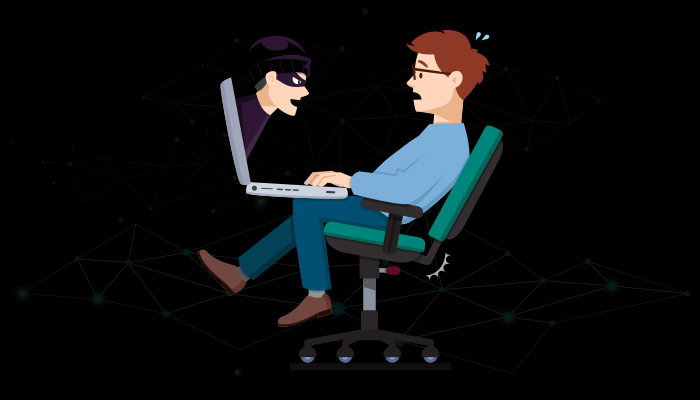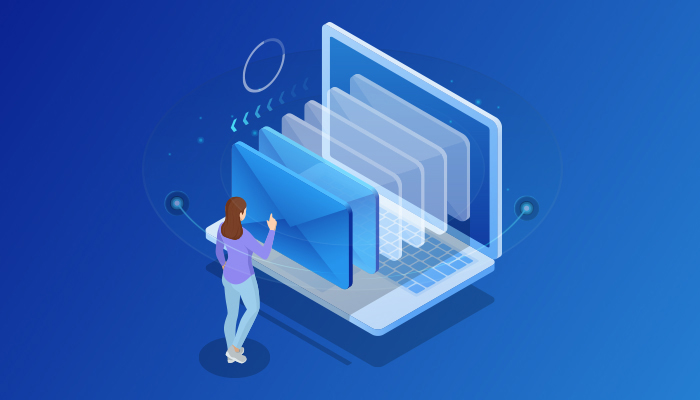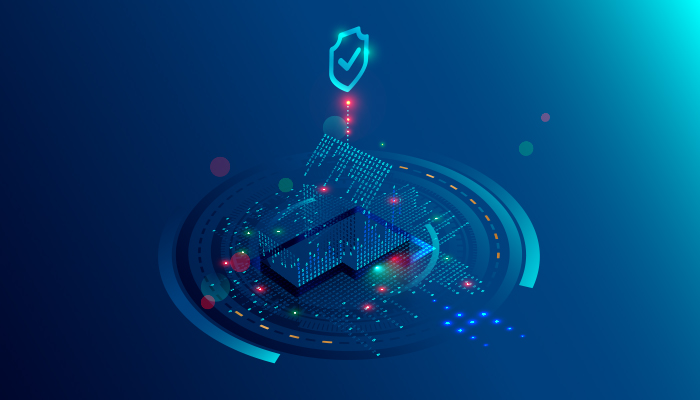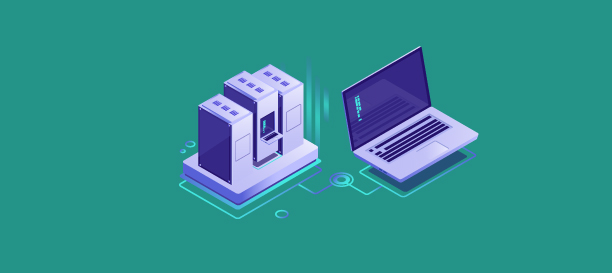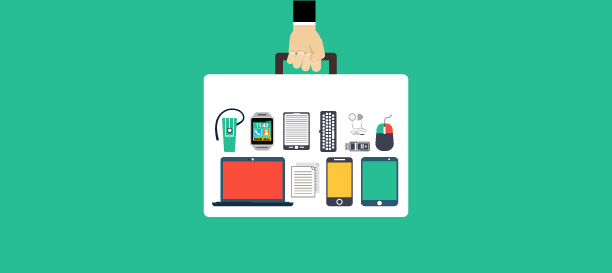
4 Lesser-known benefits of hiring an MSP
You are probably aware of the most common benefits of signing up with an MSP such as
- On-demand IT support: Having an MSP ensures that you get priority IT support when you need it.
- Scalable IT infrastructure: With an MSP by your side, you can scale your staff structure up or down without worrying about the IT aspect of it. Need to add 20 people to your workforce? You focus on the hiring, while your MSP will work out the IT logistics
- Lower IT costs: Overall, having an MSP gives you a lot of cost savings vis-a-vis having an IT team in-house. Even if you have an IT team in-house, you can have them work in tandem with your MSP for the best results. Or, have them focus on research and optimization of your IT environment instead of focusing on mundane tasks like backups or software updates.
But, here are a few more benefits that are often overlooked.
IT analysis
An MSP has the expertise needed to analyze your IT infrastructure and identify problems that impact your workforce’s productivity negatively. Whether you sign up with an MSP or not, you should definitely hire one to analyze your existing IT infrastructure. They will be able to identify possible IT glitches, security lapses and hardware or software problems that can trigger a breakdown of your IT architecture.
Better deals on IT purchases
MSPs often have agreements with software or hardware vendors and will be able to get you a better quote on your IT purchases. Plus, with their knowledge and expertise, they are in a good position to help you choose the hardware or software that will work best for you.
Hassle-free compliance
As a business, you have certain IT rules and regulations to adhere to. An MSP can help you meet these effectively. With an MSP on board, you can focus on running your business without worrying about meeting regulatory requirements.
Staying ahead of the curve
An MSP is an expert at what they do. They are in the industry, working closely with hi-tech companies, analysts and vendors. They are more likely than your internal IT team to be aware of newer technology and tech-related market trends. By making them a part of your business, you benefit from their knowledge and your business stays ahead of the curve from the technological point of view.
Working with an MSP offers numerous benefits to an organization, especially, to an SMB as it allows them to divert their resource investments to more productive assignments.

